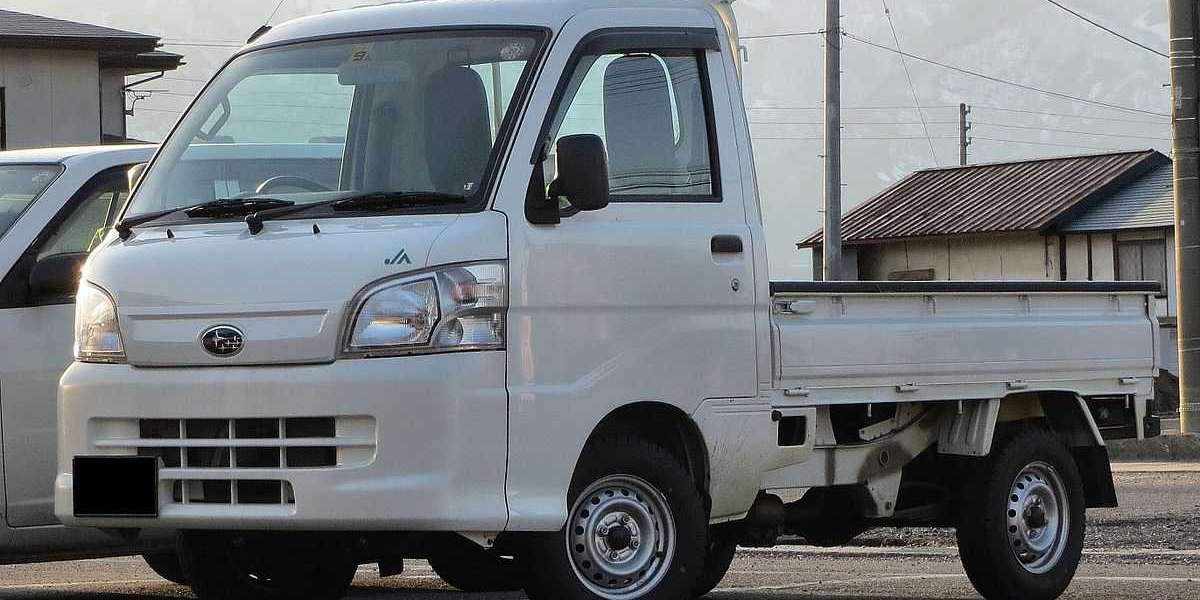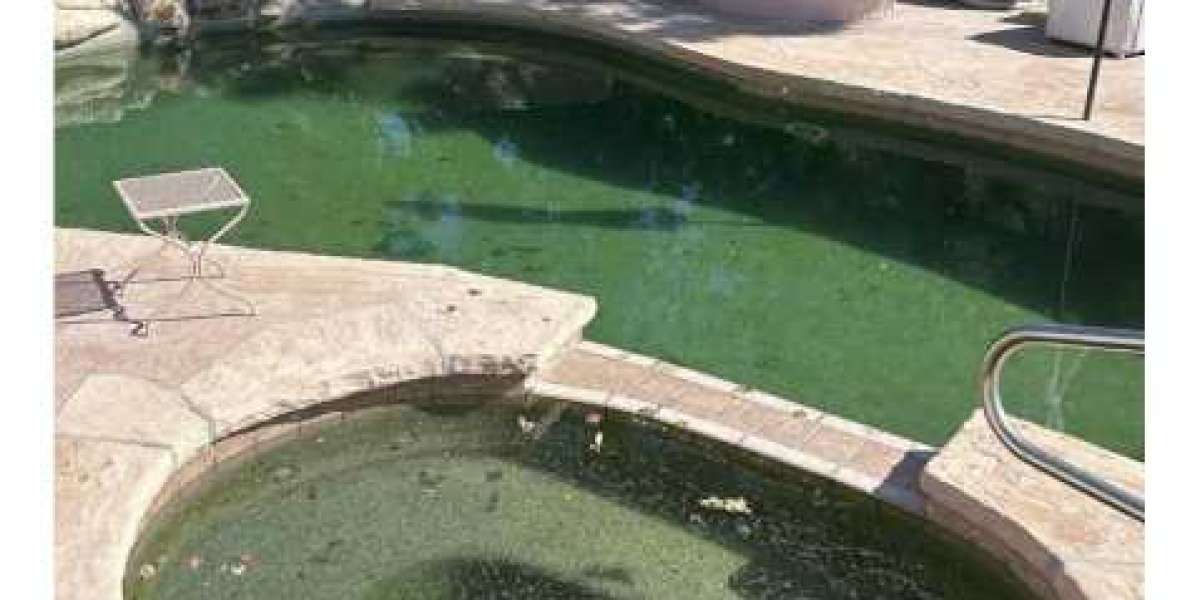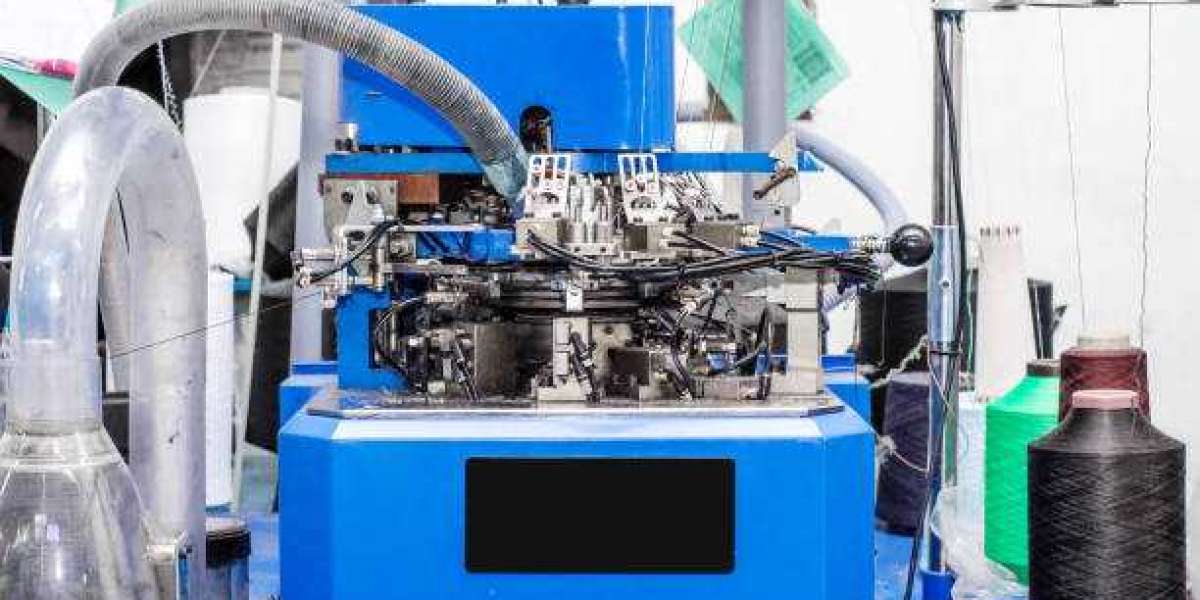Buying a second-hand Subaru Sambar can be an excellent choice if you're looking for a reliable, compact, and efficient vehicle with a rich history of performance and utility. As a kei truck or van, the Subaru Sambar is well-suited for city commuting, light cargo hauling, or even recreational purposes. However, like any used vehicle, thorough research and inspection are crucial to avoid costly surprises down the road. Here's a comprehensive guide on 12 things to check before buying a second-hand Subaru Sambar.
1. Overall Condition and Exterior Inspection
The first step when evaluating a used Subaru Sambar is to assess its overall condition. Walk around the vehicle and inspect the body for:
- Rust: Pay close attention to the wheel arches, undercarriage, and door edges, as these areas are prone to rust in older vehicles.
- Dents and Scratches: Minor cosmetic damage is expected in older vehicles, but extensive dents or mismatched paint could indicate past accidents.
- Glass and Lights: Ensure all windows, headlights, and tail lights are free of cracks or fogging. Test that the lights function correctly.
A well-maintained exterior can often reflect the owner’s care for the vehicle.
2. Engine Health
The Subaru Sambar features a small yet efficient engine. Open the hood and check:
- Leaks: Look for oil or coolant leaks around the engine block or beneath the vehicle.
- Smoke: Start the engine and watch for excessive smoke from the exhaust, which could indicate burning oil or coolant.
- Odd Noises: Listen for knocking, ticking, or grinding sounds that might signify internal damage.
Ask for maintenance records to confirm the engine has been serviced regularly, including oil changes.
3. Transmission Performance
Subaru Sambar models come with both manual and automatic transmission options. During a test drive, pay attention to:
- Smooth Shifting: Manual transmissions should shift smoothly without grinding, while automatics should not hesitate or jerk between gears.
- Clutch Condition: For manual versions, ensure the clutch engages smoothly and doesn’t slip when accelerating.
Repairing a transmission can be expensive, so ensure it's in good condition.
4. Braking System
The braking system is critical for safety. Evaluate the brakes by:
- Test Drive: Test the brakes at low and high speeds. They should feel firm and responsive.
- Inspection: Check the brake pads, discs, and calipers for wear. Uneven wear may point to alignment issues.
- Noise: Squeaking or grinding sounds could indicate worn-out brake components.
Proper braking is non-negotiable in any vehicle, especially one with potential cargo-carrying duties.
5. Suspension and Steering
The Subaru Sambar’s suspension system is designed for light loads and urban driving. Inspect:
- Bumps: Drive over bumps to feel for excessive bouncing, which could mean worn-out shock absorbers.
- Steering: Ensure the steering wheel feels responsive and doesn’t vibrate or pull to one side.
- Suspension Components: Look for visible wear or damage to struts, springs, and bushings.
A smooth ride and accurate steering are essential for the Sambar’s performance and comfort.
6. Undercarriage and Frame
The undercarriage and frame provide vital structural support. Lift the vehicle (or ask a mechanic) to:
- Check for Rust: Surface rust may be manageable, but extensive rust could compromise safety.
- Inspect for Damage: Look for signs of off-road abuse, such as dents or bent frame components.
- Assess Drivetrain Components: Check the driveshaft, differential, and CV joints for leaks or wear.
A sturdy undercarriage ensures the Subaru Sambar remains reliable over time.
7. Tires and Wheels
The tires and wheels impact handling and safety. Inspect:
- Tread Depth: Tires should have sufficient tread to provide grip, especially on slippery surfaces.
- Wear Patterns: Uneven wear may indicate alignment issues or suspension problems.
- Size and Type: Confirm that the tires meet the manufacturer’s specifications for the Subaru Sambar.
Replacing tires is straightforward, but uneven wear could signal deeper issues.
8. Interior Condition
A comfortable and functional interior enhances the driving experience. Check:
- Seating: Inspect for tears, stains, or excessive wear on the seats.
- Dashboard and Controls: Test all buttons, knobs, and switches for functionality, including the air conditioning, heater, and audio system.
- Cabin Cleanliness: A clean interior often reflects a responsible owner.
An intact interior boosts resale value and ensures long-term satisfaction.
9. Electrical Systems
Electrical issues can be tricky and costly to fix. Test:
- Lights and Indicators: Ensure headlights, brake lights, and turn signals work correctly.
- Battery: Check the battery’s condition, terminals, and voltage output.
- Power Features: Verify the functionality of power windows, locks, and mirrors if equipped.
A healthy electrical system ensures reliability and convenience.
10. Mileage and Service History
The mileage of a used Subaru Sambar provides insights into its wear and tear. However, low mileage isn’t always better if the vehicle hasn’t been driven regularly or serviced properly. Request the service history to confirm:
- Oil Changes: Regular oil changes are essential for engine longevity.
- Timing Belt: Verify if the timing belt (if applicable) has been replaced as recommended.
- Major Repairs: Review records for any past repairs or part replacements.
A well-documented history indicates a cared-for vehicle.
11. Modifications and Aftermarket Parts
Many owners modify their Subaru Sambar with aftermarket parts. While some upgrades can enhance performance or aesthetics, others may compromise reliability. Inspect:
- Quality of Workmanship: Ensure any modifications were professionally installed.
- Compatibility: Verify that aftermarket parts don’t interfere with the vehicle’s performance.
- Insurance Implications: Some modifications may affect insurance coverage.
Be cautious of extensive modifications, as they may lead to maintenance challenges.
12. Road Test
A comprehensive road test is crucial before making a decision. During the test drive:
- Evaluate Comfort: Ensure the seat position, legroom, and visibility meet your needs.
- Test on Different Surfaces: Drive on highways, city streets, and uneven roads to assess handling.
- Listen for Issues: Keep the radio off and listen for any unusual noises.
The road test is your opportunity to confirm that the Subaru Sambar meets your expectations.
Conclusion
Purchasing a second-hand Subaru Sambar can be a rewarding experience if you perform due diligence. By thoroughly inspecting the vehicle's exterior, interior, mechanical components, and service history, you can ensure your investment is sound. Don't hesitate to bring along a trusted mechanic or friend with expertise in vehicles to assist with the evaluation.
The Subaru Sambar, with its unique blend of practicality and charm, can serve as a reliable companion for years to come—provided you make an informed choice.














